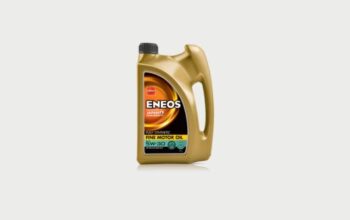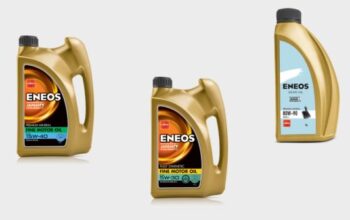You must have witnessed this scene a number of times: the mechanic opening the hood of the car, adding water, and doing his tricks. Does that ever make you curious about what he might be fixing under the car’s hood? As a child, it was an intriguing sight, and you knew that more than the car issues begin and end there. However, even as adults, many car owners rarely open their bonnets unless they are stuck in an emergency with no mechanics around. You do not always have to understand the details of the car’s mechanism and how it works, but having a fair idea surely helps in the long run. Looking under the hood and understanding the various parts is the first step to knowing your car. Once you know about its main components, you might never have to take expert advice. Therefore, in this blog, learn about what lies under the car’s hood.
What is Under the Hood: All You Need to Know
First things first: You can open the hood of the car by pulling a lever that is mostly placed under the steering wheel. Once your mechanic flashes it open, here is the list of things he finds:
1. Engine:
The engine is rightly called the heart of any vehicle. It is one of the important parts, and mainly, every mechanic first analyses the trouble here. This is where a mechanic applies the auto engine oil to make it function well and enhance the performance of your vehicle. It is made of various moving parts such as camshafts, pistons, blocks, valves, cylinders, etc. You may not see all of the engine components completely when opening the hood, but most of them are easily visible at first glance. The size and engine capacity may differ from car to car.
2. Air Filter:
Air filters work along the engine, further amplifying its functionality. Mostly, the engine type ICE (internal combustion engine) operates on burning fuel and air. It inhales air through an air intake system. However, this air that is taken directly from the environment, and may be impure and full of harmful elements that could damage the engine. This is where the Air Filter of the car filters out dirt and ensures that only clean air enters the engine. It can be located around the battery, near the air intake valve or above the engine, depending on your car model.
3. Coolant System:
We know how a car can produce heat, raising the temperature within its components. Thanks to the cooling system that keeps the temperature in check, preventing it from overheating. Too much heat can affect the engine and result in wear and tear or even total engine failure. A coolant is a blend of various car parts, including:
- Radiator: A radiator optimises the temperature of the engine and is usually made of aluminium. They have several pipes attached, which help transfer hot air and intake ambient air.
- Water Pump: A water pump links the radiator with the engine to send coolants to the engine parts, including the heater core, cylinder heads and block. Identify this component through its physical feature, which is composed of metal blades that keep rotating.
- Thermostat: A thermostat is the component that opens as soon as the temperature in the engine rises. It allows coolant to pass through the radiator.
4. Battery:
After the engine, the battery is the second most important part under the hood of the car, which is usually present on the right side. A battery is used to accelerate a vehicle and power all its electrical systems, converting chemical energy into electrical energy. It also helps maintain the optimum voltage in the engine and keeps it running smoothly. If you struggle to start your car, that may be because the battery is dead. Jump-start your car in that case. Ensure your battery is charged and has no leakage before planning a long trip.
Wrapping Up
Seeking a mechanic’s help is great, but he may not always be around. If you haven’t ever opened your car’s hood, try it once and see it yourself. This blog gives you a clear idea about the main part you can expect on opening the hood and DIY whenever in trouble. In addition, using the right car motor oil is the key aspect of keeping your engine and vehicle healthy. Do not use just any oil; consult your mechanic or the manufacturer’s suggestions.








